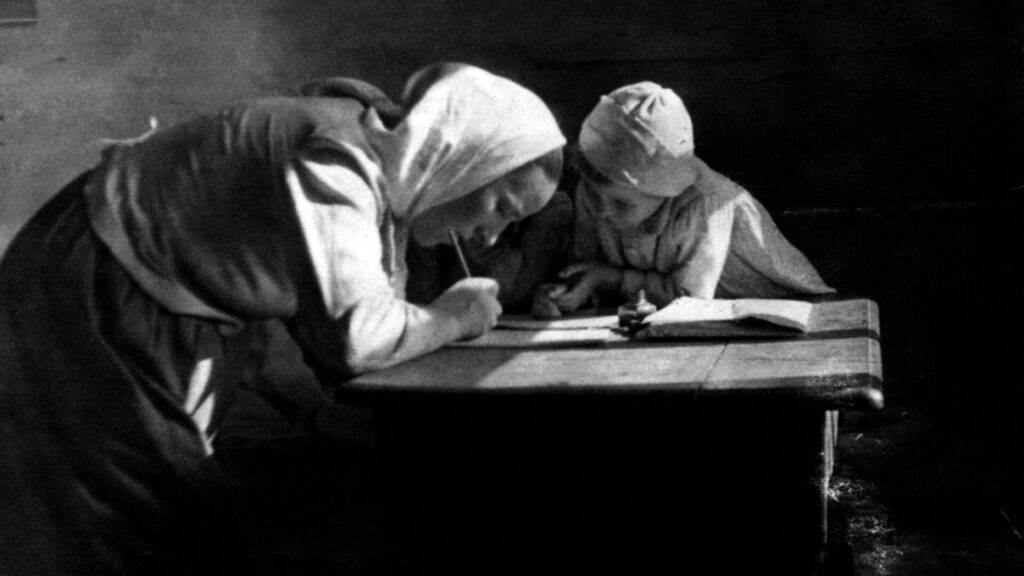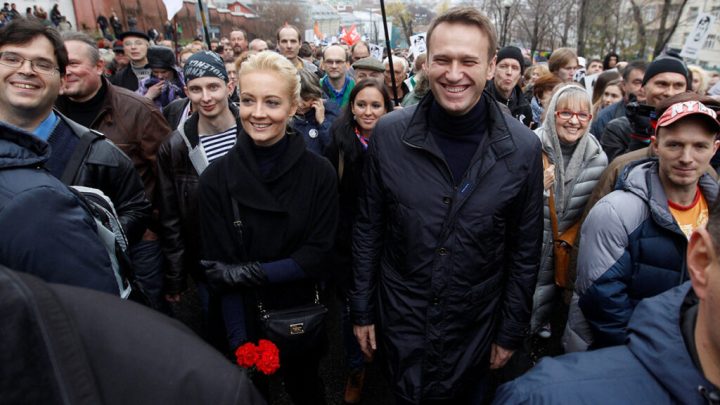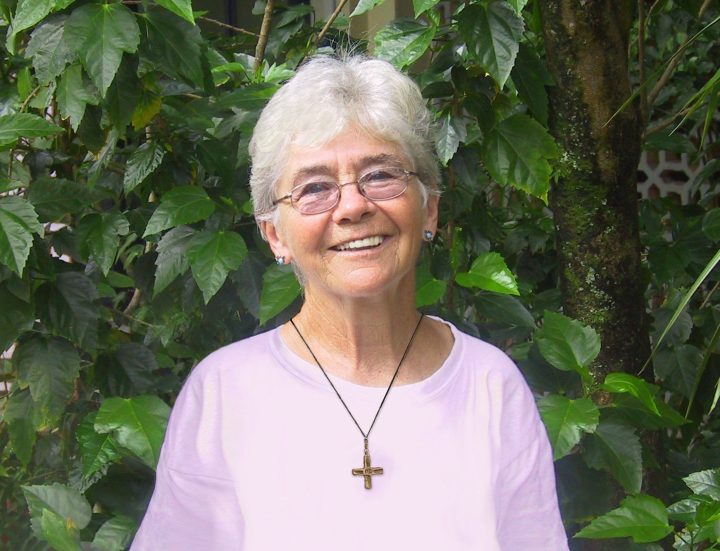
(OSV News) — The notorious barbarity of the Nazi regime was on full display in the occupied Polish town of Markowa on March 24, 1944. Early that morning, German-led police surrounded the home of Józef and Wiktoria Ulma, Poles who had been denounced for sheltering Jews from the Holocaust.
Under the command of Lt. Eilert Dieken, the detachment proceeded to slaughter not only the eight people the Ulmas had been hiding for almost two years, but the couple themselves, their six children and the unborn baby Wiktoria was carrying. All nine martyred members of the Ulma family will be beatified on Sept. 10.
The Ulmas’ moving story is forcefully recounted in filmmaker Mariusz Pilis’ Polish-language documentary “The Story of One Crime.” But Pilis goes beyond acknowledging their heroism and sacrifice to examine the broader question of wartime guilt and the ease with which too many German criminals were rehabilitated in the decades following World War II.
Dieken is a striking example. Not only was he never prosecuted or punished for his brutal deeds – which extended well beyond the murder of the Ulmas — he seems to have sailed through the denazification process that followed Germany’s defeat.
Dieken went on to become a high-ranking police official in the Wittmund district of Lower Saxony. He died, apparently a well-respected member of society, in 1960.
So successful was Dieken in whitewashing his past that, as Pilis shows us, his daughter, Grete Wielbers, was under the impression that her father’s tenure in the area of Markowa had been characterized by his benevolence. Amazingly, she eventually wrote a letter to that effect addressed to the Ulmas’ surviving relatives.
Józef was an avid photographer and the recreated scene of snapshots he had taken scattered across the floor of his home and splattered with blood evokes the horror of his family’s slaying. It’s a grimly memorable image that, like much of Pilis’ movie, is suitable only for mature teens and grown-ups. Given his important but harrowing subject matter, it could hardly be otherwise.
While he successfully drives home the wanton cruelty of Dieken and his subordinates, however, Pilis’ tone is generally sober and restrained. He adopts a low-key approach that lets the facts speak for themselves.
Pilis’ narrative concurrently pursues two contrasting goals. The first is to preserve and publicize the enduring legacy of the Ulmas’ courage and humanity. The second is to unmask the deception in which Dieken successfully engaged.
As Pilis shares with his audience, each side of that moral divide now has its concrete embodiment. In Markowa, a museum has been built that celebrates the Ulmas’ memory. In the German town of Esens, where Dieken had his post-war office, the mayor, as seen in the concluding sequence of Pilis’ film, agrees to erect a plaque detailing the offender’s depravity.
Although a version of “The Story of One Crime” with English subtitles has been made, it’s not yet easily accessible. Given the value of Pilis’ revealing retrospective, interested potential viewers can only hope that will change in the near future.
John Mulderig is media reviewer for OSV News. Follow him on Twitter @JohnMulderig1.




